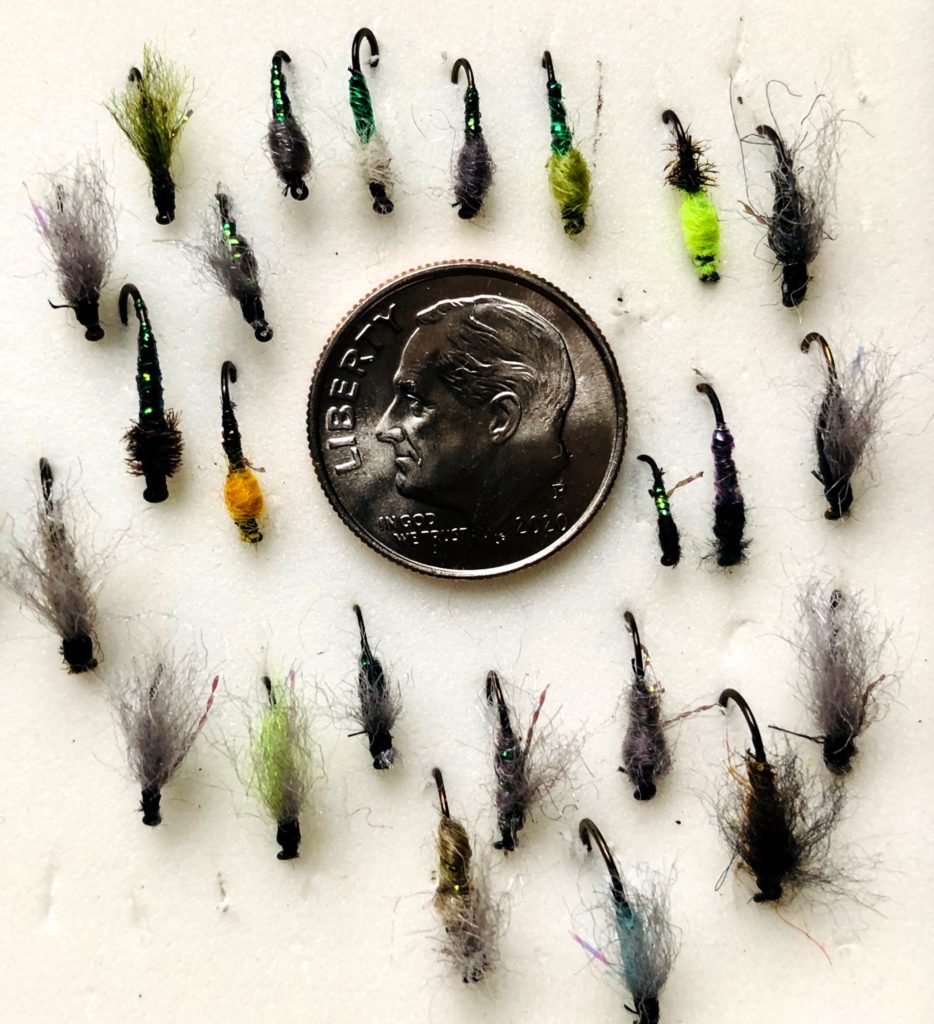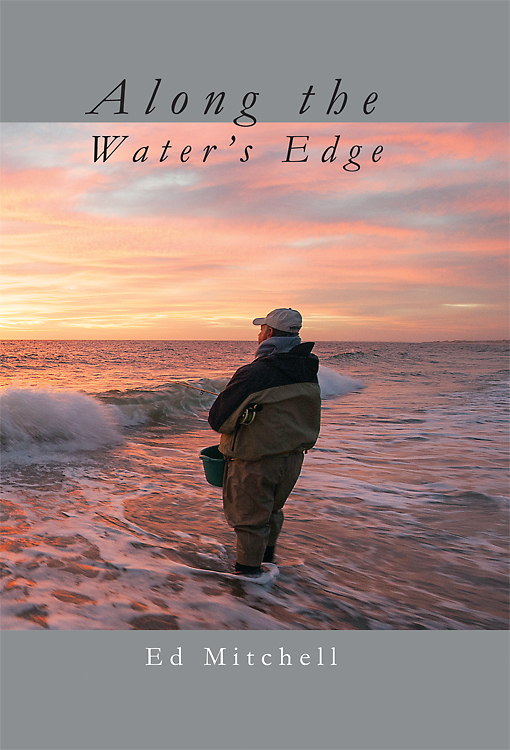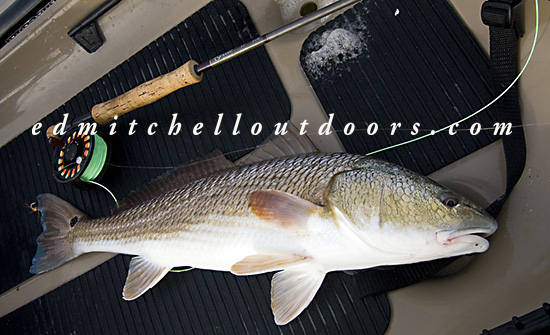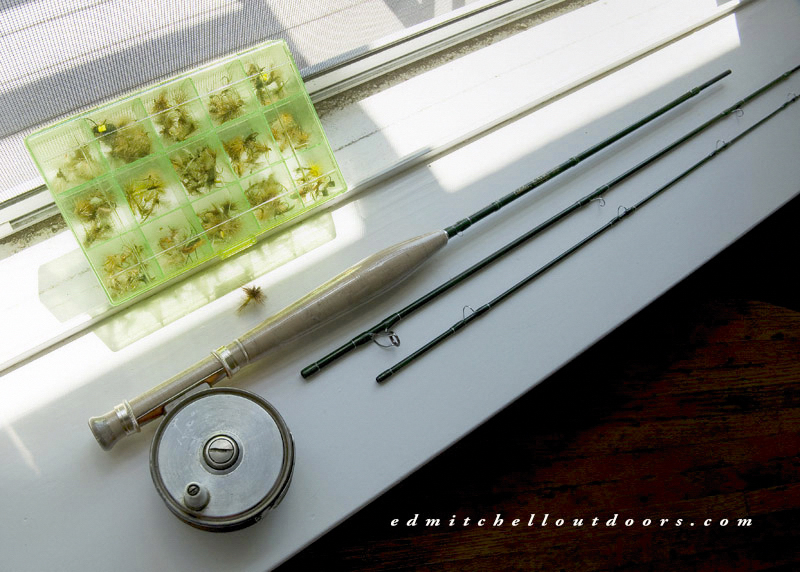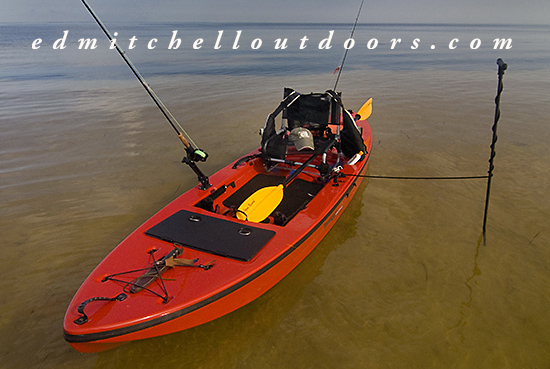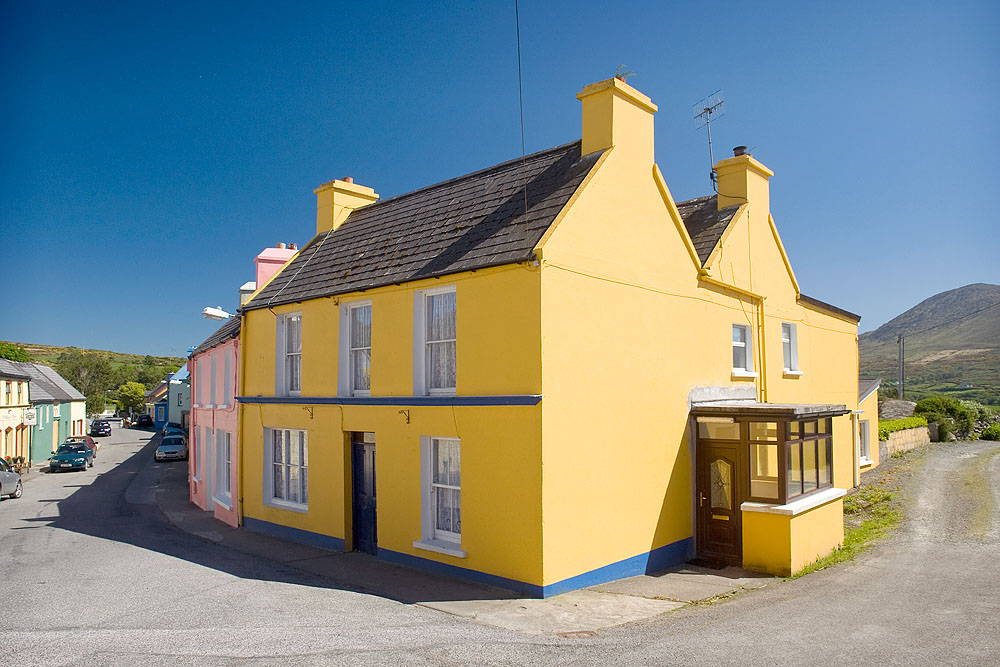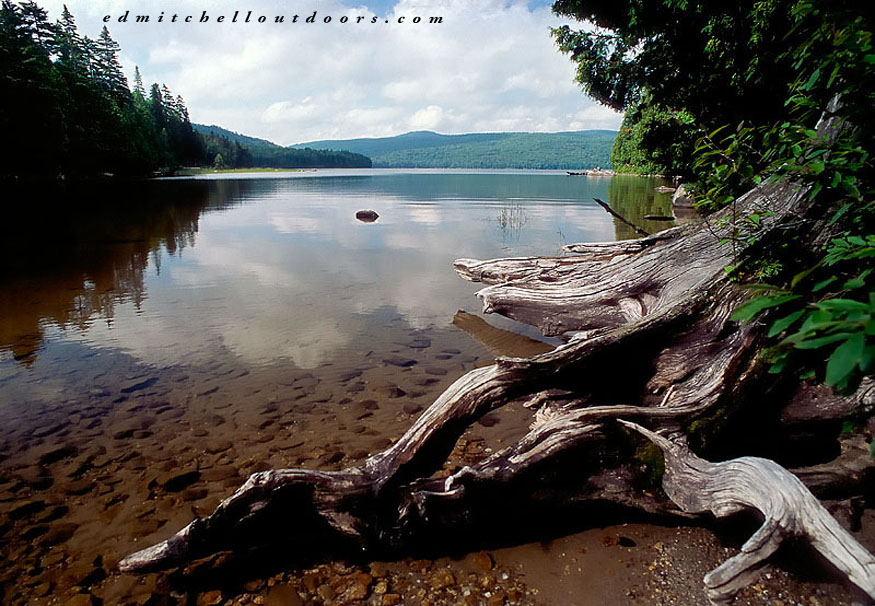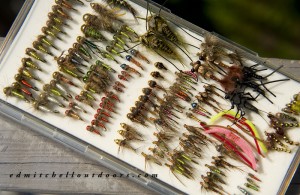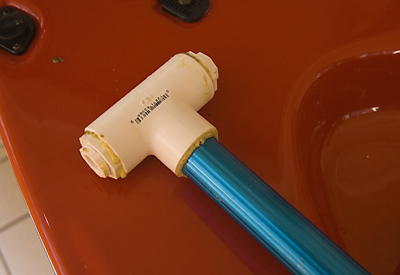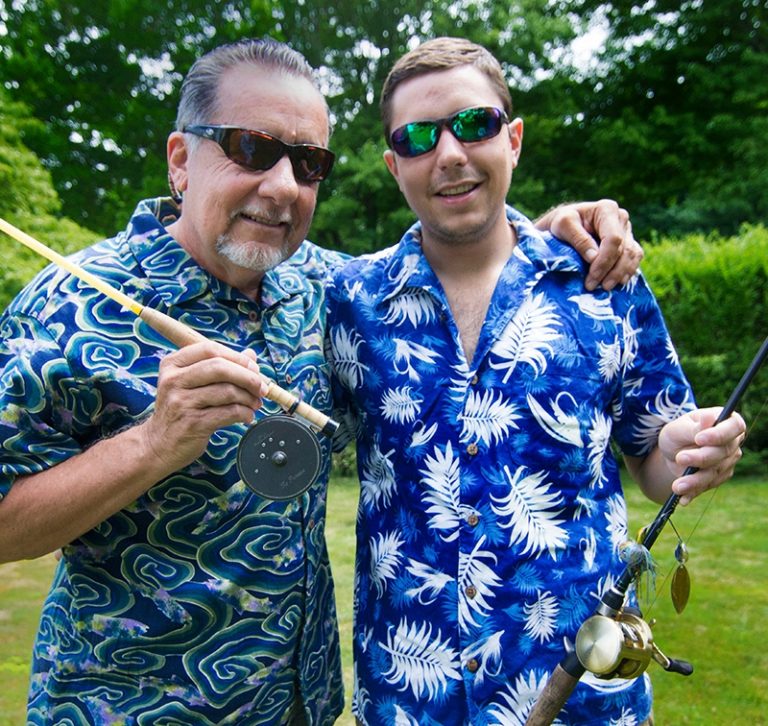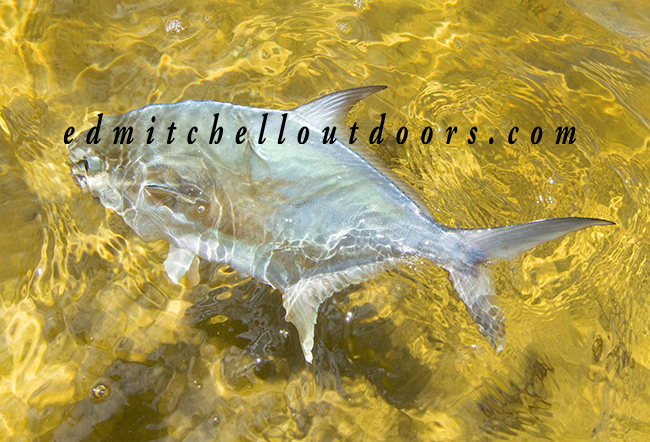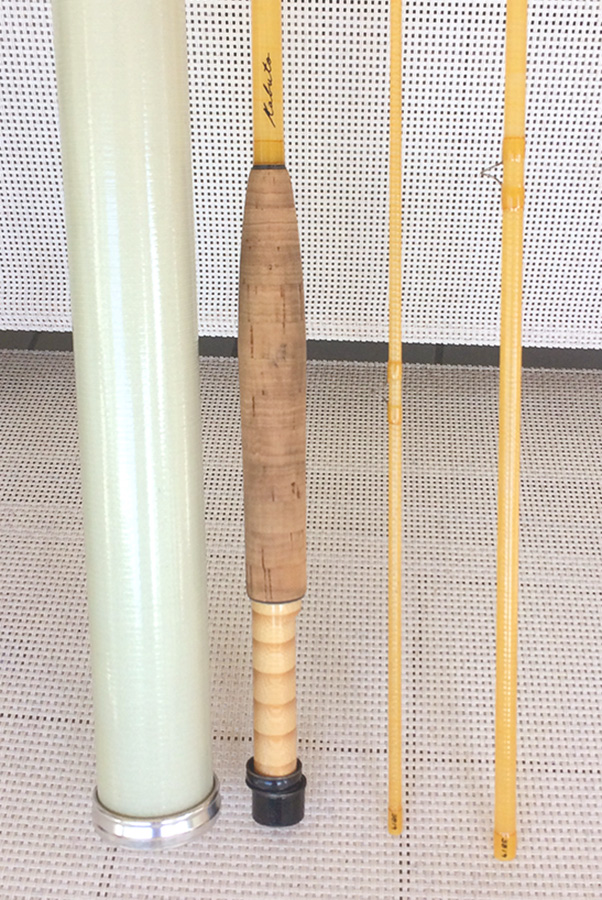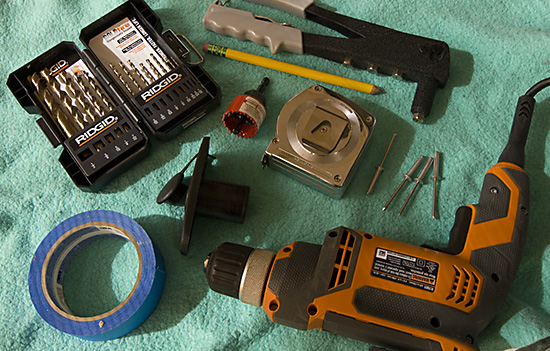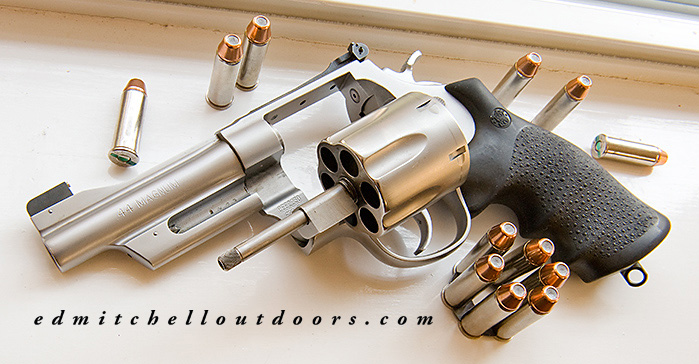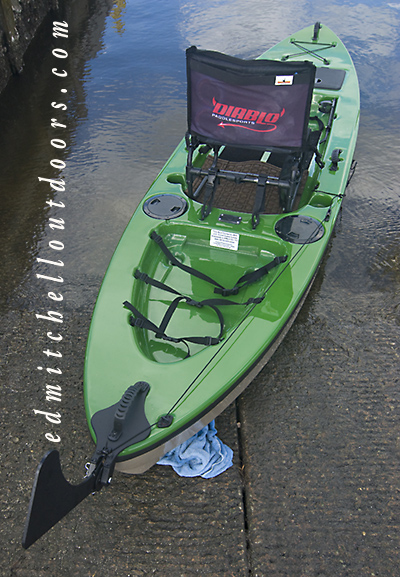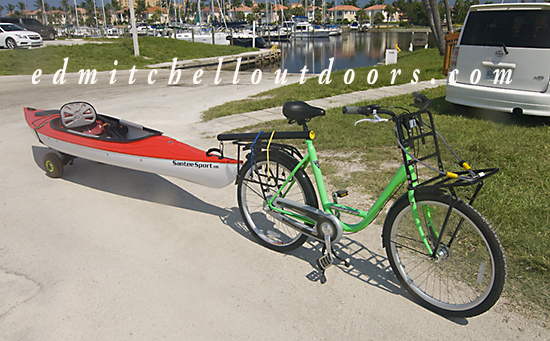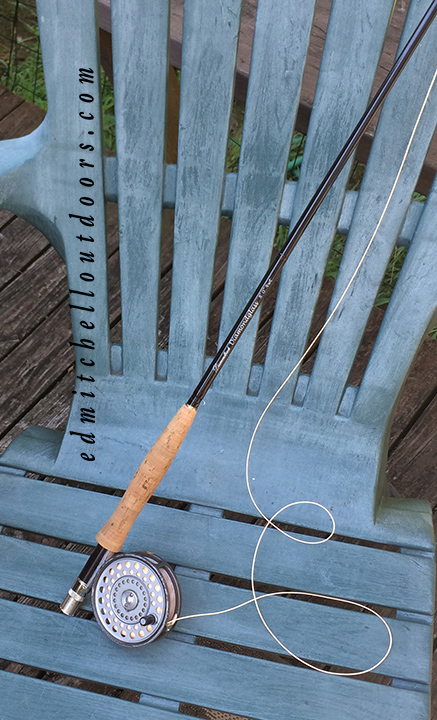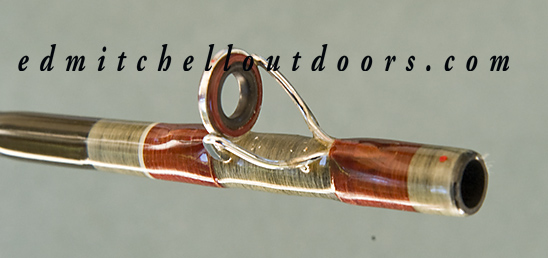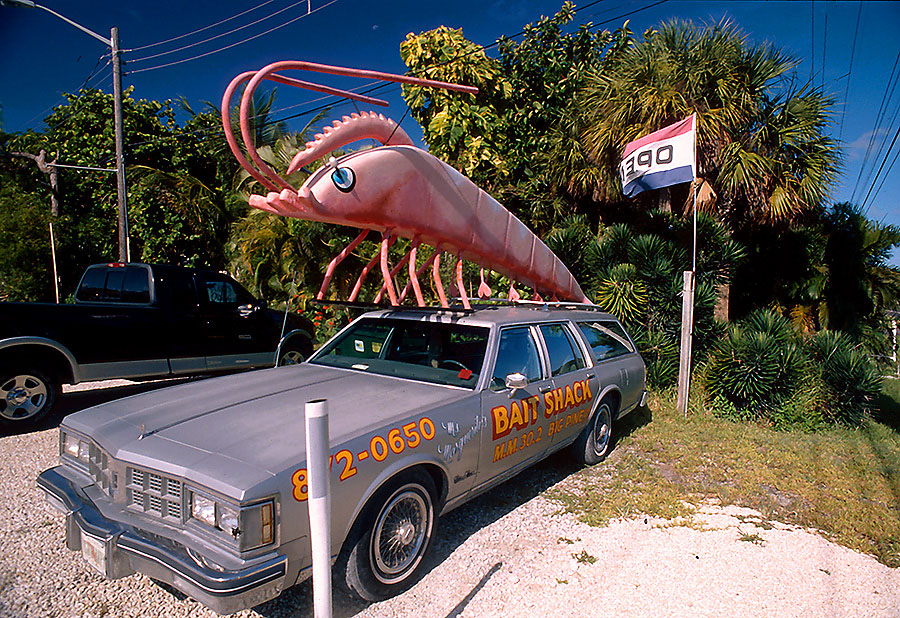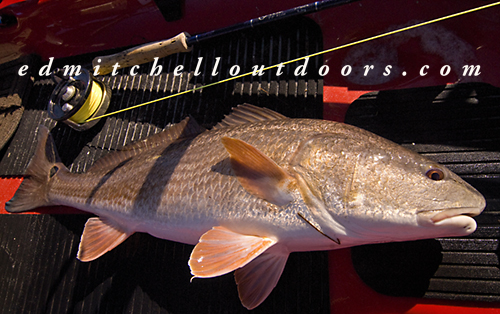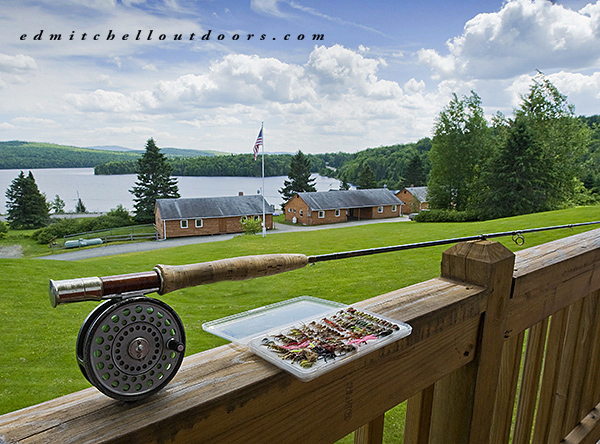The Klinkhammer dry fly hasn’t received much press in recent times so I felt the subject deserved a visit. Developed in the 1980’s by Dutch angler Hans van Klinken this innovative dry fly has proven itself worldwide, and richly deserves a spot in your fly box.
Now when I say its a dry that’s only half right; its really a dry-emerger. And therein lies the key to its success. How can it do both things? Be a dry and an emerger? The answer is the fly’s lack of a tail. The rear of a conventional dry, such as a Catskill dry, is supported on the surface by stiff fibers extending from the hook bend. So the entire fly rides pretty much high and dry. The Klinkhammer has no such support, however. Yes the front end is held afloat by a parachute style hackle, but the rear of the fly is allowed to dangle down below the surface. And thereby gives the appearance of a aquatic insect larvae emerging in the film.
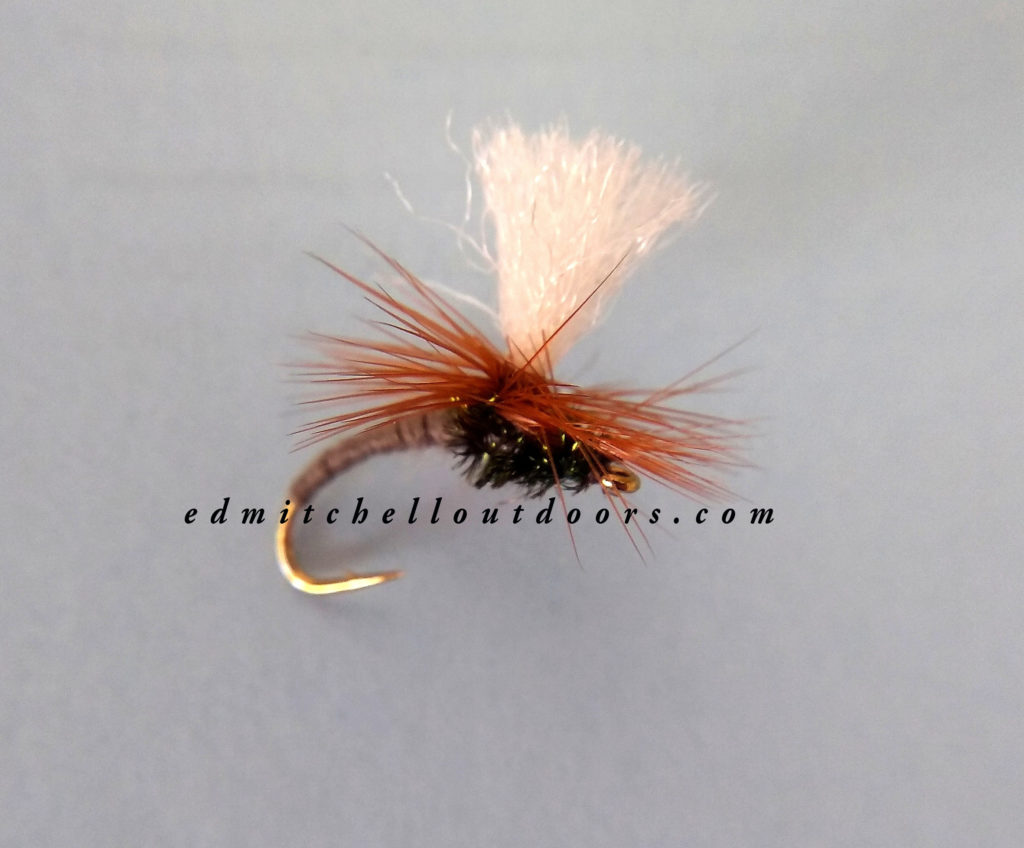
To aid that emerger look, Klinken curved the rear hook shank downward scud style. You can still do that, but today you can buy hooks designed by Hans van Klinken specifically for this fly. The Daiichi 1167 Klinkhamer Hook is a well known one. (Note for some reason this particular brand hook contains only one “m”.)

Typically this fly is tied with a white post and a peacock thorax, but many variation exist. For example the post might be CDC, colored yarn or foam. Hackle colors vary too. And you often may see a thin strip of amber flash tied off the bend to simulate a larval shuck. Mix and match as you see fit.
Lastly let me point out that Hans created this fly as a caddis imitation to use over grayling. As time when on, however, the Klinkhammer’s seductive powers in a mayfly hatch became well established.

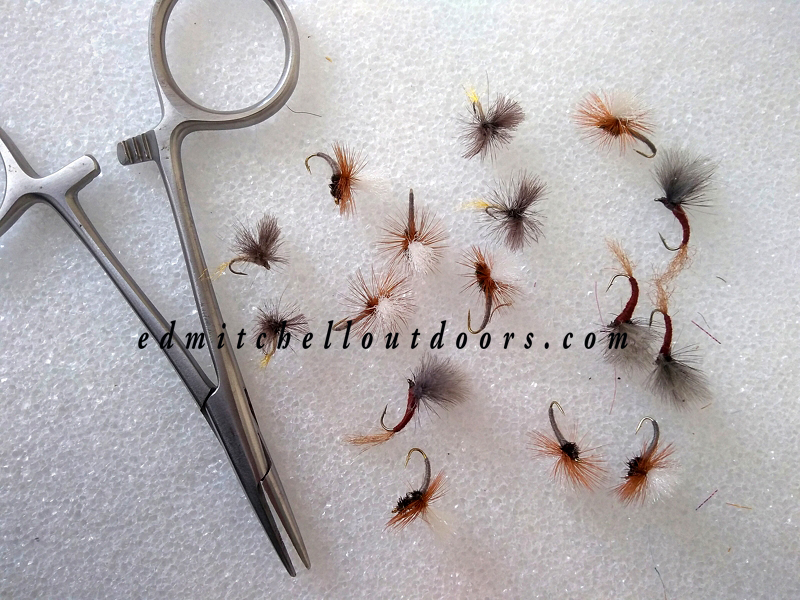

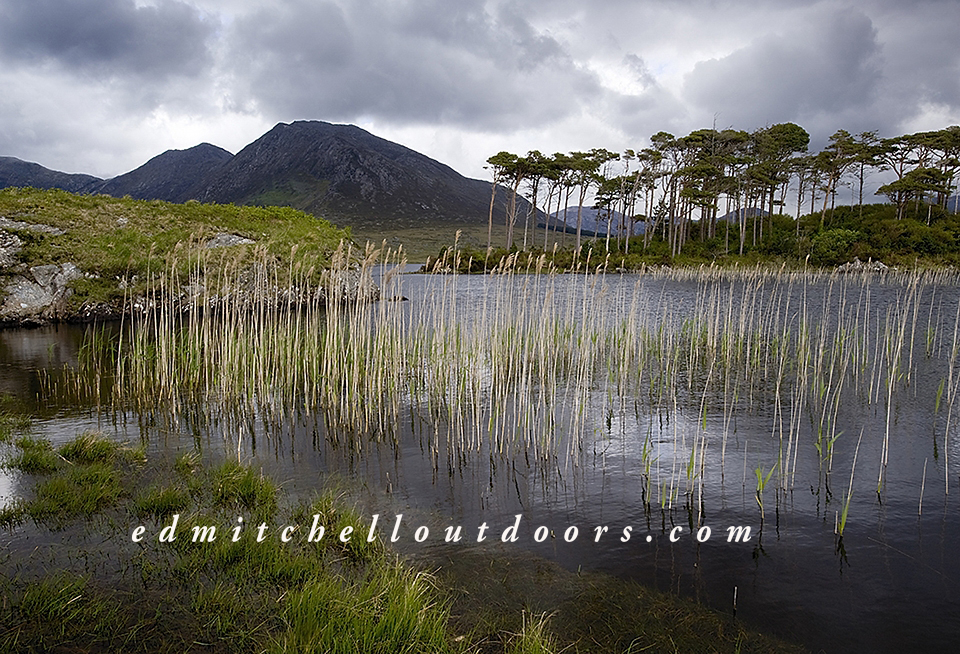
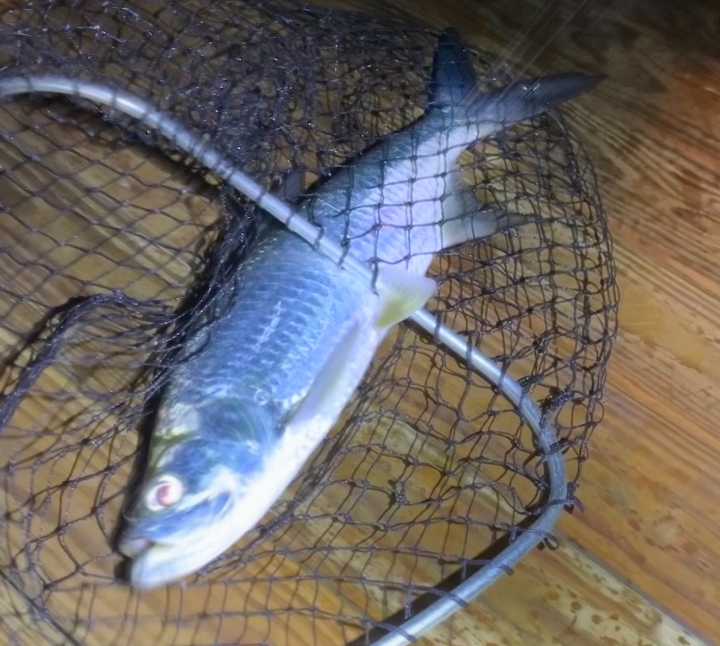 From what I hear this “poon” straightened out the hook, broke his big net and then flipped back in the water. You got to love it. Them tarpon are a blast!
From what I hear this “poon” straightened out the hook, broke his big net and then flipped back in the water. You got to love it. Them tarpon are a blast!
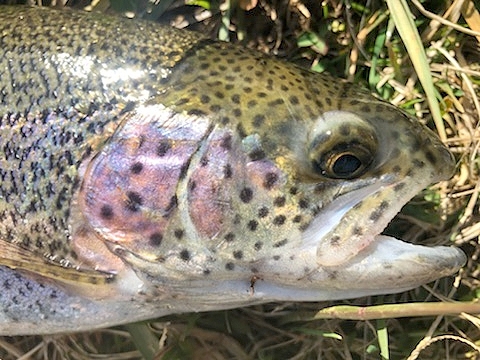
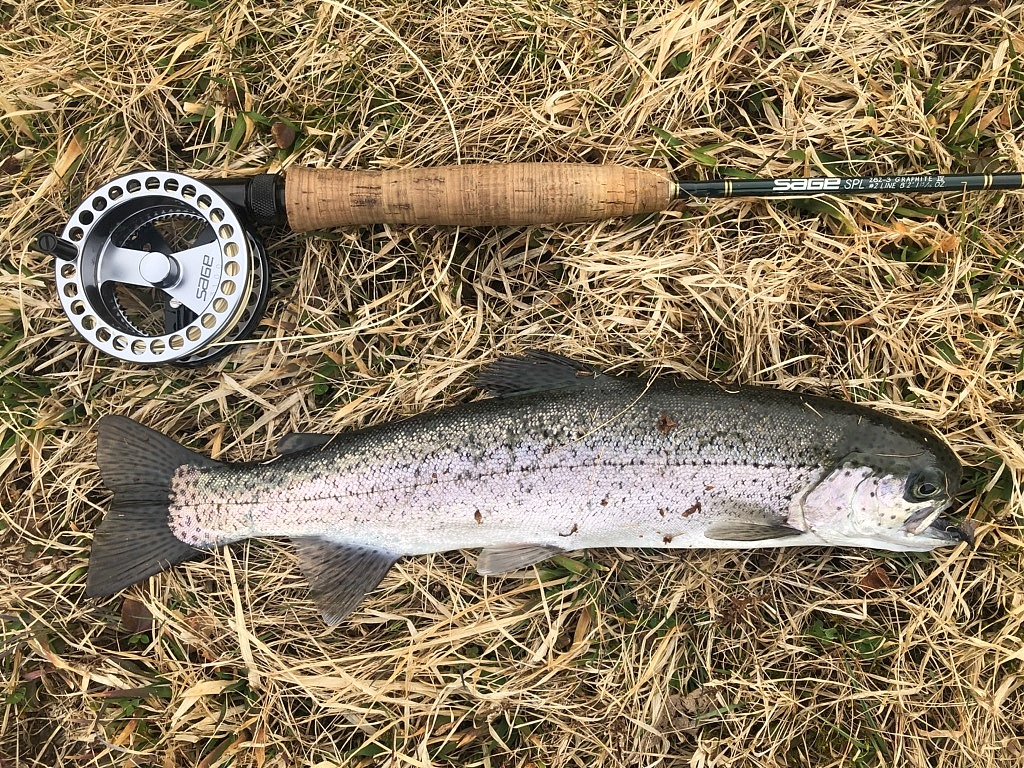 His rig is a sweet little Sage 2wt with a floating line and a sinking leader. Fine tippets are required, however. Yesterday he told me some trout are beginning to cruise the surface for midges. So he may switch to a dry/dropper setup. That should be a blast.
His rig is a sweet little Sage 2wt with a floating line and a sinking leader. Fine tippets are required, however. Yesterday he told me some trout are beginning to cruise the surface for midges. So he may switch to a dry/dropper setup. That should be a blast.